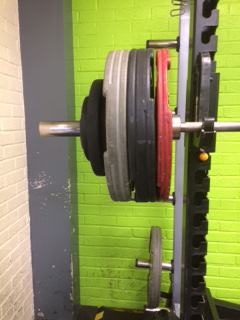Middle Distance Strength Training
Speed work for a middle distance runner is very similar to the more endurance based parts of a sprinters training. We can basically split this section into two parts: technique and anaerobic speed training.
Building up strength is an often neglected part of the training of a long and middle distance runner. For middle distance runners it is a key part of any regime. Consider the fact that in international races, the first lap of an 800 is often under 50 seconds, which would be a good 400m performance from heavily muscled strong club runners. Middle distance runners need to be fast, and for that they need to be strong!
The aim of training is to increase muscle strength and power, both in your limbs and also your trunk. This improves your running efficiency, enabling you to maintain speed when you are tired, it also provides power for running at the high pace required for racing. It can increase your sprint speed and power in the final sector of the race and help you hold your ground against other competitors in an event that often involves a lot of pushing between racing athletes.

Photo Indoor race
Additionally, strength work can help prevent injuries by making your body more resilient. Especially if you target your own strength work at areas that cause you problems, for example your gluteal muscles.
A large part of the strength required can be attained from circuit training. A range of press ups, hip thrusts, abdominal curls, tricep dips, back arches etc will provide a good base of strength and strength endurance. Building good core stability and strength is very important as it helps you keep your posture correct and your stride length long when you get tired.

Photo Free weights
You can also undertake a weights program. Mixing up the types of weights sessions you do will develop muscle strength, endurance and contraction speed (velocity).
To do this, sessions with a higher number of reps, such as 5 x 10-12 reps, will help build strength and muscle endurance. Sessions using heavier (almost maximal) weights that are lifted with fewer reps and longer recoveries will target increasing muscle strength such as 5 x 3-6 reps. While sessions with lighter weights where the focus is moving the weight as quickly as possible will improve muscle explosive power and speed of contraction.
Finally, a range of plyometric work will also complement a weights programme through developing muscular power and reactivity to improve performances in middle distance running.
Please look at the various other sections of the site for details.
